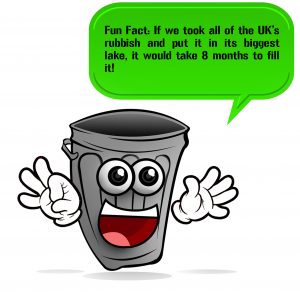My mind is blown. My eyes disbelieve. My ears thunder. I smell a rat and I tingle in my toes. I am happy that school children will ride buses past the failed energy generator of the past and the successful energy generator of the future.
http://gizmodo.com/this-huge-wind-turbine-floating-on-water-is-fukushimas-1713340037
This Huge Wind Turbine Floating on Water Is Fukushima’s Energy Solution
Bryan Lufkin
Filed to: japan 6/23/15 12:30pm
A mere 12 miles from the wrecked Fukushima Daiichi nuclear plant will soon sit a 620-foot, 1,500-ton windmill atop a 5,000-ton podium. It’ll be the biggest floating wind turbine on Earth, and it could usher in a new age of green energy for a region largely fed up with nuclear energy.
The turbine, completed Monday, will generate up to 7 megawatts of electricity, making it Japan’s most powerful wind turbine, and the most powerful floating turbine in the world. That’s good news for Japan, a country that’s shut down nuclear power plants in the wake of the 2011 earthquake and tsunami and subsequent meltdown.
The beast of a turbine sports three 270-foot-long blades and is built to stand against winds nearly 200 mph. It’ll be part of a wind farm that will include three turbines total, and will be stationed in the Pacific in the coming months. One is already in place in the ocean—that smaller one generates 2 megawatts of electricity.
The $401 million Fukushima wind farm project is a government-sponsored collaboration among 11 companies and research orgs, like Mitsubishi, Hitachi, and the University of Tokyo.
:}
Go there and read. More next week.
:}



